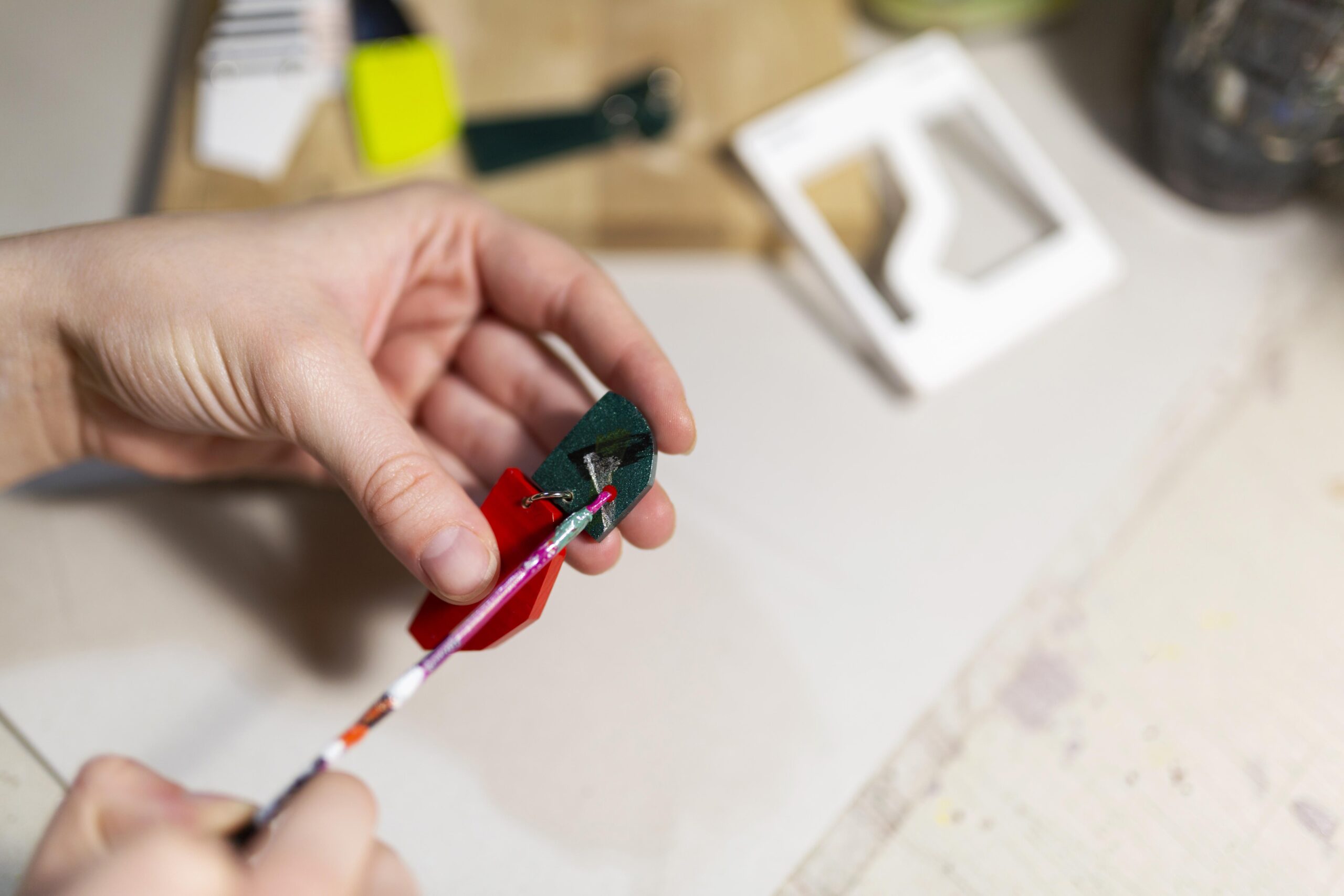
Exploring the Science Behind Super Glue and Its Quick Bonding Properties
Introduction
Super glue, also known as cyanoacrylate adhesive, is a remarkable adhesive that has become a household staple for fixing broken items and bonding materials together. Its ability to create strong and fast bonds has made it a favorite among DIY enthusiasts, craftsmen, and even medical professionals. In this blog, we will delve into the science behind super glue and unravel the secrets of its quick bonding properties. By understanding the chemistry, molecular forces, surface preparation techniques, and safety considerations, we can appreciate the fascinating science behind this adhesive marvel.
What is Super Glue?
Super glue, or cyanoacrylate adhesive, is a type of fast-acting adhesive that forms a strong bond between surfaces. It is composed of a liquid compound known as cyanoacrylate. Cyanoacrylate was originally developed for military purposes during World War II, where it was used to create clear plastic gun sights for soldiers. However, its potential as an adhesive was soon discovered, leading to its widespread use in various applications.
The Chemistry Behind Quick Bonding
The secret to super glue’s rapid bonding lies in its chemistry. When exposed to moisture, cyanoacrylate undergoes a process called polymerization. Polymerization occurs when the individual molecules of cyanoacrylate join together to form long chains, creating a strong adhesive bond. The presence of water or moisture accelerates the polymerization process, leading to quick bonding. This is why super glue works so well on surfaces that contain even a trace amount of moisture.
Molecular Forces at Play
In addition to the chemical reaction, molecular forces play a crucial role in super glue’s bonding properties. Van der Waals forces, which are weak attractions between molecules, help bring the surfaces closer together, facilitating bonding. These forces are responsible for the initial contact and adhesion between the super glue and the surface. Moreover, hydrogen bonding, a specific type of intermolecular force, further strengthens the adhesive bond and enhances the overall effectiveness of super glue. Hydrogen bonding occurs when hydrogen atoms in the super glue molecule interact with atoms on the surface, creating additional attractive forces that contribute to the bonding strength.
Surface Preparation for Effective Bonding
To ensure optimal bonding, proper surface preparation is essential. Surfaces must be clean, free from dirt, oil, or any contaminants that can hinder adhesion. Any debris or contamination on the surface can create barriers that prevent the super glue from making direct contact with the material, reducing the strength of the bond. Additionally, surfaces should be dry since moisture can initiate premature polymerization, leading to weaker bonds. Simple techniques such as wiping surfaces with alcohol or sanding can help improve bond strength by removing any impurities or creating a rougher surface that promotes better adhesion.
Here: Understanding Adhesives and Sealants.
Quick Bonding in Action
Super glue’s quick bonding properties are truly impressive. Within seconds, it forms a strong bond that can withstand considerable stress. Whether it’s repairing broken ceramics, fixing jewelry, or bonding plastic materials, super glue provides a reliable and speedy solution. Its effectiveness is further highlighted by its ability to bond even porous materials like wood and fabric. This quick bonding capability makes it an invaluable tool for quick repairs and projects that require immediate adhesion.
Also, read this: Instant adhesive that is impact resistant and does not spoil the aesthetics.
Safety Considerations
While super glue is a useful tool, it is important to handle it with caution. It can bond skin and eyes together, causing injury. It is advisable to wear protective gloves and eye goggles when working with super glue. In case of accidental skin bonding, soaking the affected area in warm, soapy water and gently peeling apart is recommended. If eye contact occurs, seek medical assistance immediately. Understanding and following safety precautions is crucial to prevent accidents and ensure safe usage.
Challenges and Limitations
Although super glue works wonders in most situations, it does have its limitations. Extreme temperatures can affect its bonding properties, with low temperatures slowing down the polymerization process and high temperatures accelerating it. Additionally, certain materials, such as polyethylene and polypropylene, have low surface energy and may not bond well with superglue. Understanding these limitations can help users choose alternative adhesives when necessary.
Innovations and Future Developments
Scientists and engineers are constantly researching and developing new formulations of super glue to overcome its limitations and improve its performance. Recent advancements include variations that work in specific environments or have enhanced bonding strength. For example, there are super glues designed for use in high-temperature applications or underwater bonding. The future holds exciting possibilities, such as super glue tailored for medical applications, like wound closure, and specialized industrial uses. Continued research and innovation will likely lead to new formulations and applications for this versatile adhesive.
Read also: Adhesive and Sealant: The Future In Industrial Manufacturing Applications.
Conclusion
Super glue’s quick bonding properties make it a valuable adhesive for various applications. By understanding the chemistry, molecular forces, surface preparation techniques, and safety considerations, users can harness its full potential. However, it is important to handle super glue with care and follow safety precautions to avoid accidents. As research continues and innovations emerge, superglue is poised to remain a reliable and efficient bonding agent for years to come. So, next time you reach for that small tube of super glue, appreciate the fascinating science behind its quick bonding prowess.




 ThreeBo
ThreeBo

 Ensure secure, high-accuracy drone shot
Ensure secure, high-accuracy drone shot

 Powering the Future of Mobility
Powering the Future of Mobility 
 A h
A h
 ThreeBond TB3142 delivers high-precision bond
ThreeBond TB3142 delivers high-precision bond
 Three
Three
 In 1955,
In 1955, 
 Celebrating 70 Years of Excellence & Innovati
Celebrating 70 Years of Excellence & Innovati









 High-Performance RTV Sealant
High-Performance RTV Sealant




Post a comment